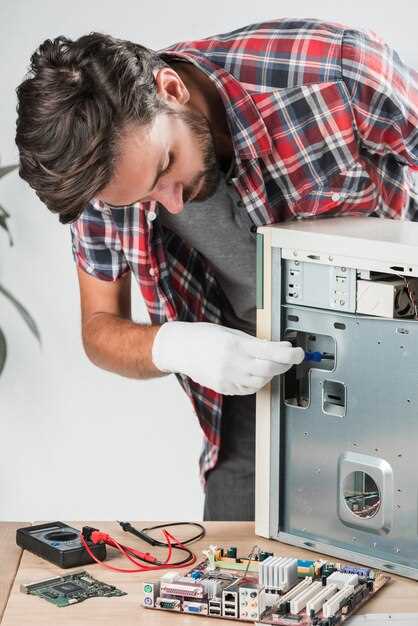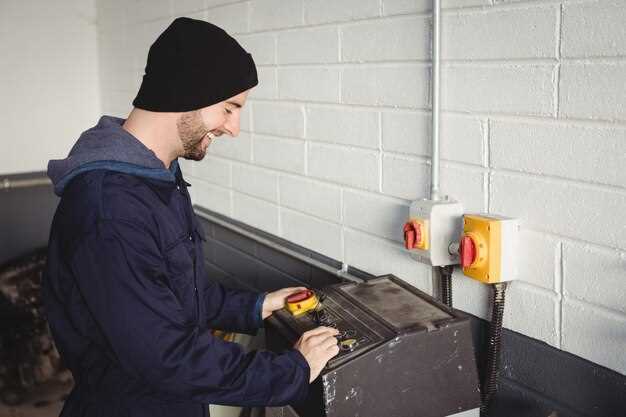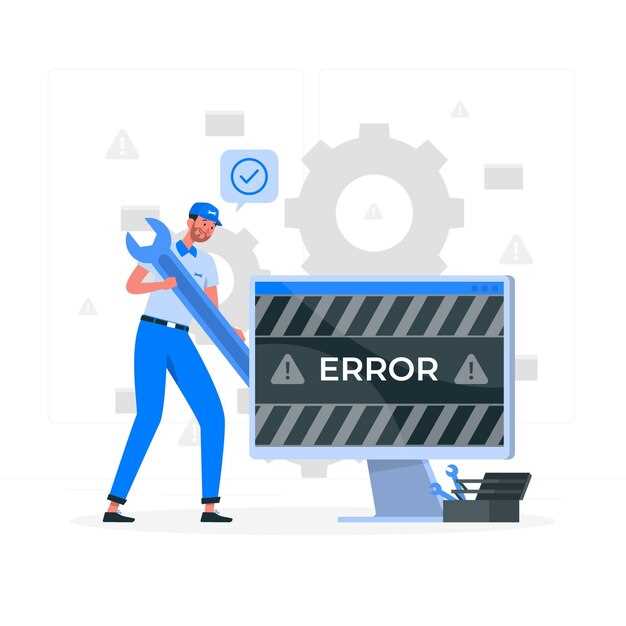
Panel repair is a crucial aspect of vehicle maintenance that impacts both aesthetic appeal and structural integrity. When repairs are performed inadequately, they can lead to a range of issues, from cosmetic flaws to serious safety concerns. Understanding the signs of poorly repaired panels can save vehicle owners from future complications and costly fixes.
One of the first indications of subpar repairs is visible inconsistencies in paint quality. This may manifest as uneven texture, mismatched colors, or bubbling paint. Such discrepancies not only detract from the vehicle’s appearance but also suggest that the underlying repair work may have been compromised, leading to potential rust and further deterioration.
In addition to cosmetic issues, the structural integrity of a panel is essential for maintaining safety on the road. Look for signs of improper alignment, such as gaps between the panel and surrounding parts or doors that don’t close properly. These issues can indicate that the repair process was rushed or not conducted with sufficient expertise, ultimately jeopardizing the vehicle’s safety performance.
A detailed inspection, combined with an awareness of these signs, allows vehicle owners to make informed decisions about their repairs. By identifying poorly executed panel work early on, you can address issues proactively, ensuring your vehicle remains both safe and visually appealing.
Visual Cues Indicating Inadequate Repair Quality

Identifying signs of poorly repaired panels is crucial for assessing the integrity and longevity of a vehicle. One of the primary visual cues is mismatched paint. If the color or sheen of the repaired area differs from the surrounding panels, it may indicate insufficient blending or the use of incorrect paint. Additionally, overspray on adjacent surfaces can serve as evidence of rushed or careless work, reflecting a lack of attention to detail during the repair process.
Another significant indicator is uneven panel gaps. When the spacing between panels is inconsistent or wider than factory specifications, it often points to improper alignment. This misalignment can affect both aesthetics and aerodynamics, potentially leading to long-term issues.
Look for signs of poor finishing techniques, such as rough textures or orange peel effects on the surface. These imperfections suggest that the clear coat has not been applied correctly, which can compromise the protective qualities of the finish. Similarly, visible sanding marks or swirl patterns indicate that the polishing process was inadequately performed.
Welding spots or seam sealing that appear inconsistent or messy are further signs of subpar repairs. A well-executed repair should have clean, uniform welds, while erratic patterns can lead to rusting and structural weaknesses over time. Moreover, signs of rust or corrosion around the repaired area may signal that the metal was not treated or primed properly before painting.
Finally, check for any signs of bubbling or lifting in the paint. These can indicate trapped moisture or air, both of which compromise the bond between the layers and can lead to further deterioration. Observing these visual cues can help in determining the quality of previous repairs and ensuring that future maintenance decisions are well-informed.
Common Structural Issues to Look for in Repaired Panels
When evaluating repaired panels, identifying structural issues is crucial for ensuring long-term durability and safety. One of the most common issues is improper alignment, which can lead to gaps or inconsistencies between adjacent panels. Check for uniformity in lines and angles; misaligned panels can affect both aesthetics and functionality.
Another significant concern is the presence of corrosion or rust, particularly in metal panels. Inspect seams, rivets, and weld points for signs of oxidation, which may indicate inadequate protective coatings. Even small patches of rust can compromise the integrity of the panel over time.
Inspecting for signs of inadequate bonding is also essential. Look for bubbling, peeling, or lifting of materials, which can suggest that adhesive or sealant was not applied correctly. This can lead to water intrusion and eventual structural degradation.
Cracking is a critical sign of structural failure that can often result from stress or inadequate support during the repair process. Examine the panel for any visible cracks, especially around edges or joints. Larger cracks may signal serious underlying issues that need immediate attention.
Additionally, be aware of warping or bending, which can occur due to heat exposure or improper handling during the repair. Warped panels not only look unappealing but can also hinder the proper functioning of doors, windows, or other components attached to them.
Finally, listen for any unusual sounds, such as creaking or popping, when applying pressure to the repaired area. These noises can suggest movement or instability within the structure, indicating poorly executed repairs that may fail under stress. Regular inspections for these common structural issues will help maintain the integrity of repaired panels.
How to Assess Paint and Finish on Repaired Surfaces

Evaluating the paint and finish of repaired surfaces is crucial for identifying subpar work. Start by examining the color match between the repaired area and the surrounding paint. A good repair should seamlessly blend, with no noticeable differences in hue or saturation.
Next, inspect the texture of the repaired surface. The finish should have a consistent texture comparable to the original area. Uneven surfaces, such as bumps or smooth patches, can indicate poor repair techniques.
Light reflection can also reveal issues. Check how light interacts with the surface. A well-finished repair will reflect light uniformly, while poorly applied paint may have dull or overly shiny spots. Use different lighting conditions to enhance your assessment.
Look for signs of peeling or bubbling, which can suggest underlying issues with the adhesion of the paint. A quality repair should have a stable finish with no visible flaking or separation from the surface. Gently run your fingers over the area to feel for any irregularities.
Don’t forget to assess the edges of the repaired area. Sharp, clean lines where the repair meets the original paint indicate a professional job. Blurry, ragged edges can signal a rushed or careless approach.
Finally, consider the application method. If the repair appears overly thick or has visible brush strokes, it can indicate that the repair was done improperly. A smooth, even coat typically signifies quality craftsmanship.

